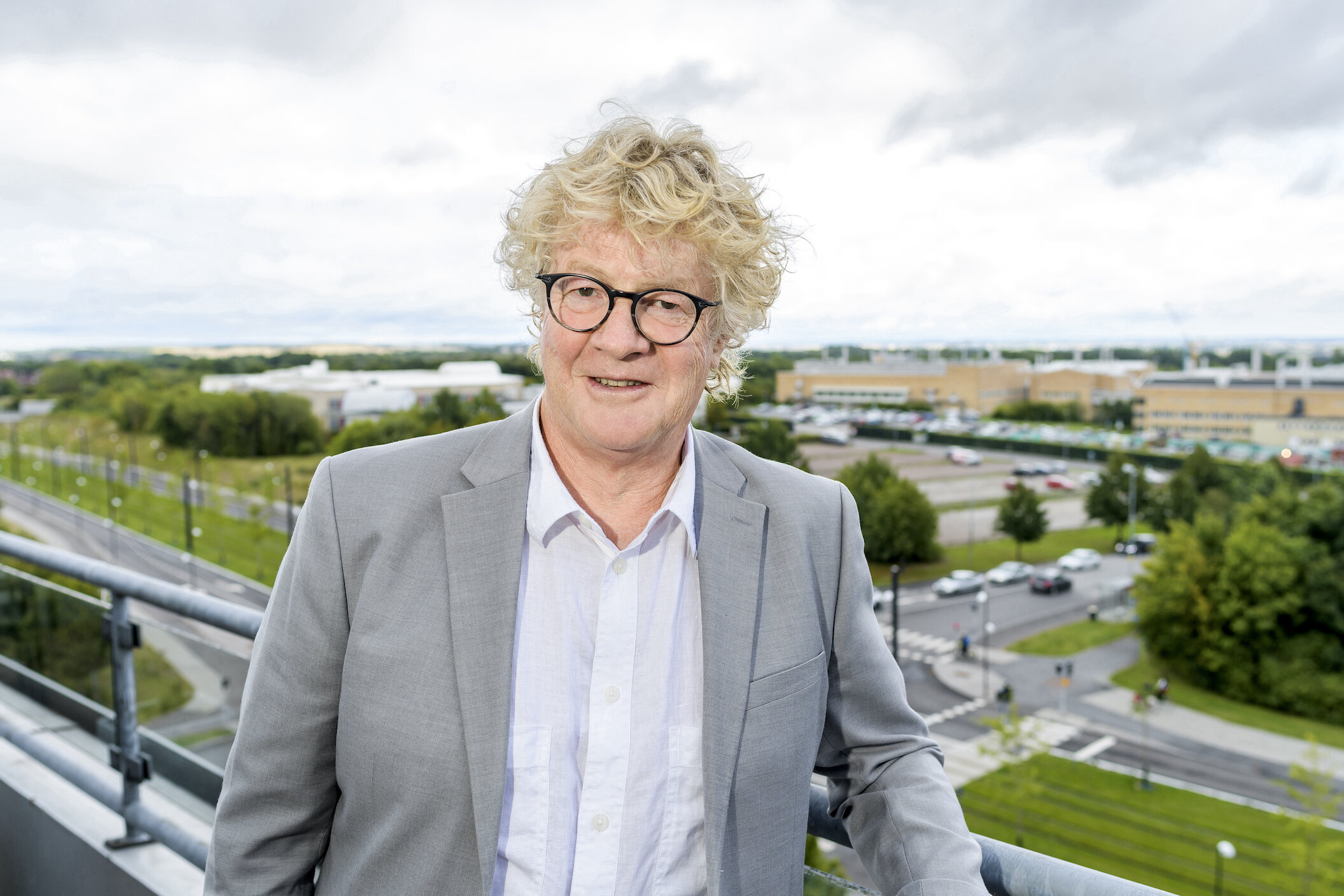Meet LINXS new director, Trevor Forsyth
Trevor Forsyth will take on the role as new LINXS director from 1 December.
Professor Trevor Forsyth. Photo: Kennet Ruona.
Sweden is well placed to make important headway in terms of enabling breakthrough science in key areas across the scientific landscape. This will require further moves towards a genuinely collaborative mindset and the formation of transdisciplinary research environments – something that will also be key in the development of Science Village Scandinavia (SVS) that will grow between ESS and MAX IV, says Trevor Forsyth.
Trevor is emphatic that the developments ongoing in Sweden for the MAX IV and ESS facilities, as well as the national/academic infrastructures throughout the country and the international ones to which Sweden subscribes, will have a crucial impact on the scientific and social prosperity of the country. He emphasises that it will be a central part of LINXS mission to maximise the return on the large investments that have been made for the whole academic system and indeed industry.
He has been involved in LINXS for several years as part of the Integrative Structural Biology theme. He comes from the Institut Laue-Langevin (ILL) in Grenoble, France, where he is Head of the Life Sciences Group and a Senior Fellow in Biology. His group is based in the Partnership for Structural Biology (PSB) on the EPN campus, which he has been deeply involved in creating and developing over many years. He is also a Professor of Biophysics at Keele University in the UK.
– It is an essential part of the LINXS mission to build up the engagement of younger scientists - PhD students, postdoctoral researchers, and new principal investigators - from centres throughout the country and also internationally, to broaden the impact and to develop the scientific user base.
He reflects that while this effort will require significant investment, it will also generate new blood and benefit from the development of scientific activity from the ‘ground up’ as well as from the ‘top down’, and help to ensure mutual benefit amongst collaborating partners.
Tackle global challenges
A related ambition for Trevor, as new director of LINXS, is to help develop alignment between fundamental neutron and synchrotron light-based research and the global challenges. A more structured focus in areas such as energy, climate and health is vital if much-needed breakthroughs are to arise in these areas.
– If this can be done in such a way that it stimulates collaboration and shared scientific interests between research institutes across Sweden and Europe, then I think we will see major progress and strong societal impact, he concludes.
Appointment as professor of biophysics
Trevor will take up the position as professor of biophysics at the Faculty of Medicine, within the Department of Experimental Medical Science. He will work half of the time at LINXS, and half of the time as professor, where he will have particular interests in the molecular aspects of amyloid formation and the relationship to clinical manifestation in different types of amyloidosis such as transthyretin cardiomyopathy and polyneuropathy.
This appointment as professor of biophysics is the result of a unique collaboration between the Faculty of Medicine, the Faculty of Science and the Faulty of Engineering. For the very first time, the three faculties have jointly contributed in terms of funding and scientific direction of a professorship.
Facts about Trevor Forsyth
Trevor will be coming from the Institut Laue-Langevin (ILL) in France, where his group is embedded in the Partnership for Structural Biology (PSB). The Grenoble PSB was formed on the campus by the ILL, the European Synchrotron Radiation Facility (ESRF), the French Institute for Structural Biology (IBS), and the European Molecular Biology Laboratory (EMBL) in the early 2000s. It was designed and developed to promote and develop interdisciplinary science and focuses on fundamental problems relating to human health. It makes full use of the large facility investments on the site such as the ILL neutron source, the ESRF synchrotron X-ray source, high field NMR at the IBS, and state-of-the art cryo-electron microscopy. Trevor is committed to the unique multi-technique approaches that are enabled by these co-located resources.
In 2004, he was appointed professor of biophysics at Keele University in England. He has extensive experience in working with interdisciplinary and cross-border networks that include researchers, the public sector and businesses. He has published extensively in the field of structural biology / biophysics and life sciences, and uses both neutron and synchrotron-based techniques in his research.

